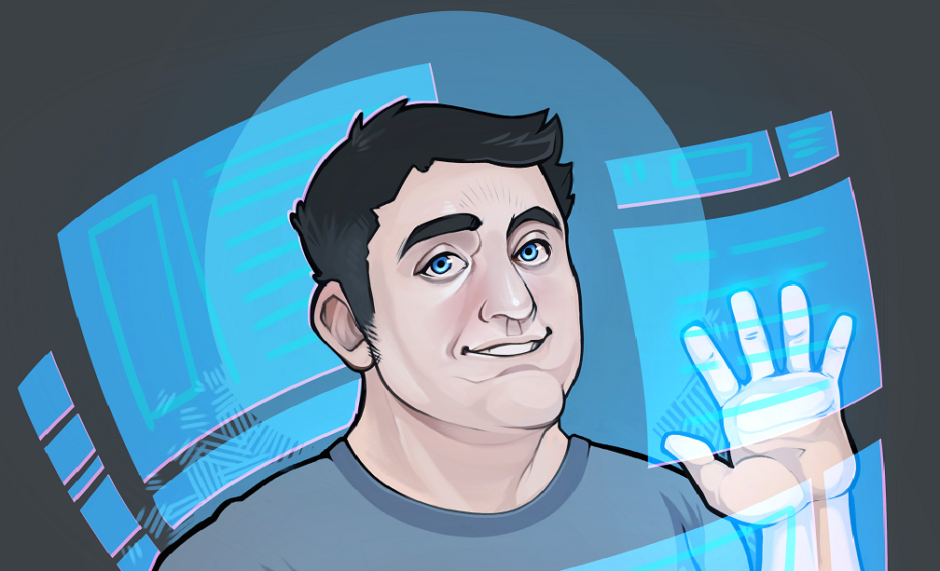| Infinium Labs and Sun Microsystems announced today that the companies have signed a collaboration deal to create a network and infrastructure that streams content for Infinium’s Phantom Game Service, direct to the living room.
“The Game Technologies Group’s understanding of online gaming, along with the broad-based expertise of the company in delivering content and services over networks, makes Sun an ideal partner for us. Sun’s expertise in delivering content from back-end systems to the user will now become one of our biggest assets. We can focus on offering consumers choice, convenience and ease of use with our PC and Java-based game service.” said Kevin Bachus, president, Infinium Labs. (Yeah, Sun has always been a household name in gaming experience….) “The Phantom Gaming Service model of delivering games to the home over broadband via a receiving device dovetails with Sun’s goal to use Java technology to allow people to play their favorite games without platform restrictions. We share Infinium’s vision of making games available over a network so they can play anywhere, anytime. Infinium’s mission is in line with Sun’s goal to leverage the network as a vehicle to make entertainment content, information and services ubiquitous for consumers, and we want to empower the company to make that happen in the video game arena. We’re glad Infinium’s direct to consumer model furthers our initiative to help developers using Java technology to distribute and sell their games to a wide audience.” said Chris Melissinos, chief gaming officer at Sun Microsystems. (C’mon – did you even know Sun had a chief gaming officer?) Sun is providing architecture design and back-end infrastructure, as well as managed hosting services, as part of the overall solution. Originally slated for a November 18 release in North America, with a European launch following next year, Infinium Labs now plans to launch its Phantom Game Service “sometime” in 2005. As spun by Infinium president Kevin Bachus; the explanation goes like this;
Which explains that since Christmas doesn’t matter, we’ll just delay anyway? Bachus denied that the delay indicated that Infinium is having trouble preparing the console and service for launch, saying that “we were on track to offer the Phantom Game Service later this year.” and “Many of our key marketing and retail partners, as well as publishers, have told us that they believe the best way to make the service successful is to hold off for now.” Regardless of Infinium’s explanations, this is certainly going to create further criticism for the company – especially from the ranks of those who remain unconvinced that the device will ever launch at all. |
Topics
Android Augmented Reality C++0X/C++11 Code Conferences Consoles Control Theory Digital Intelligence DirectX Ex-Microsoft FILM Framestore Game Industry GearVR Graphics Graphics API Graphics Hardware Hardware Infinium Miscellaneous OpenGL PC Graphics Published Articles Technology Too Weird Uncategorized Virtual Reality Vive VR/AR/XR Windows 8 Windows Mixed Reality-
Recent Posts
Categories
- Android
- Augmented Reality
- C++0X/C++11
- Code
- Conferences
- Consoles
- Control Theory
- Digital Intelligence
- DirectX
- Ex-Microsoft
- FILM
- Framestore
- Game Industry
- GearVR
- Graphics
- Graphics API
- Graphics Hardware
- Hardware
- Infinium
- Miscellaneous
- OpenGL
- PC Graphics
- Published Articles
- Technology
- Too Weird
- Uncategorized
- Virtual Reality
- Vive
- VR/AR/XR
- Windows 8
- Windows Mixed Reality
Archives
- May 2020
- January 2019
- October 2018
- August 2018
- July 2018
- June 2018
- January 2018
- December 2017
- November 2017
- October 2017
- July 2017
- May 2017
- November 2016
- October 2016
- May 2016
- March 2016
- February 2016
- January 2016
- December 2015
- November 2015
- October 2015
- September 2015
- July 2015
- June 2015
- May 2015
- November 2014
- August 2014
- July 2014
- June 2014
- May 2014
- April 2014
- March 2014
- February 2014
- January 2014
- November 2013
- August 2013
- December 2012
- June 2012
- May 2012
- April 2012
- March 2012
- February 2012
- January 2012
- December 2011
- November 2011
- August 2011
- July 2011
- June 2011
- March 2011
- November 2010
- October 2010
- September 2010
- July 2010
- August 2009
- March 2009
- February 2009
- August 2008
- September 2007
- August 2007
- May 2007
- April 2007
- March 2007
- February 2007
- February 2005
- January 2005
- December 2004
- November 2004
- October 2004
- September 2004
- June 2004
- April 2004
- March 2004
- February 2004
- January 2004
- December 2003
- October 2003
- September 2003
- August 2003
- July 2003
- June 2003
- May 2003
- April 2003
- March 2003
- February 2003
- December 2002
- July 2002
- May 2002
- March 2002
- February 2002
Recent Comments
- Ron on Code Storage
- Mohammad on Code Storage
